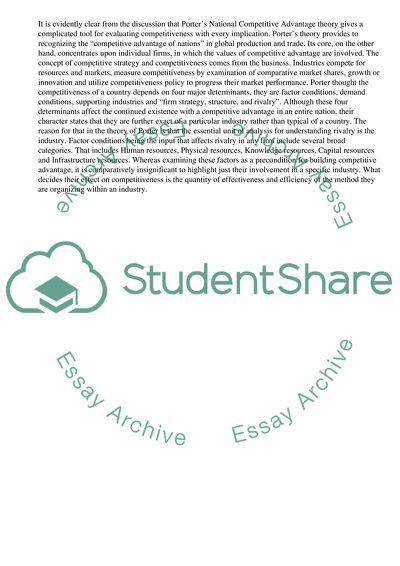Cite this document
(“Porter and National Competitive Advantage Essay”, n.d.)
Retrieved from https://studentshare.org/management/1641392-porter-and-national-competitive-advantage
Retrieved from https://studentshare.org/management/1641392-porter-and-national-competitive-advantage
(Porter and National Competitive Advantage Essay)
https://studentshare.org/management/1641392-porter-and-national-competitive-advantage.
https://studentshare.org/management/1641392-porter-and-national-competitive-advantage.
“Porter and National Competitive Advantage Essay”, n.d. https://studentshare.org/management/1641392-porter-and-national-competitive-advantage.


